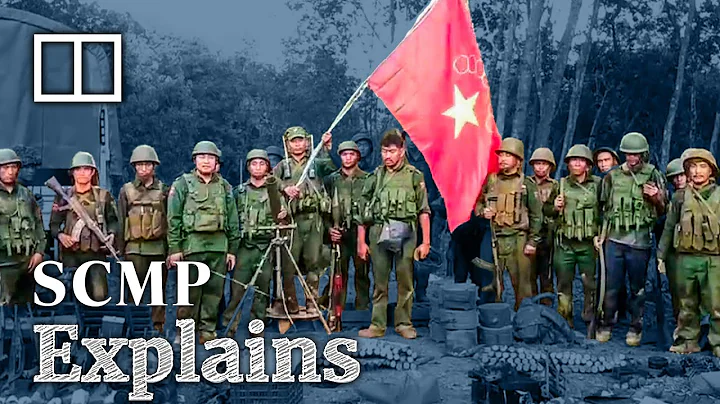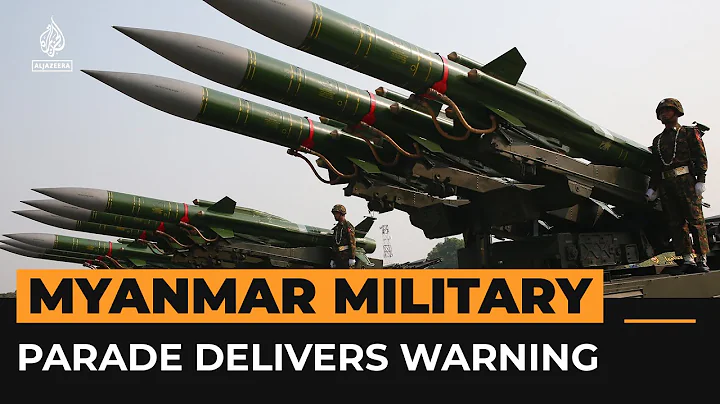Carrier-based aircraft The demand for lightweight aviation coaxial cable technology continues to grow. Aerospace engineers have always faced the challenge of designing lighter aircraft. Weight reduction is a top priority in front-end and retrofit designs to reduce material and fuel costs while increasing payload. One of the main ways to reduce aircraft weight is to install lightweight cables.
Compared with shore-based aircraft, carrier-based aircraft puts forward new requirements for the selection of wires and cables for the entire aircraft. According to the environmental and technical requirements of carrier-based aircraft service, the focus is on the special tolerance requirements of the marine environment for aviation wires and cables, as well as the maximum possibility of weight reduction proposed by the aircraft itself.

Aviation carrier-based aircraft have extremely high design requirements for aircraft performance and mechanism lightweight
According to the current development status of aviation wires and cables at home and abroad, the selection of wires and cables for modern carrier-based aircraft mainly includes three defenses, lightweight, Electromagnetic shielding is the core content. It is necessary to combine the electrical performance, weight reduction requirements and special requirements of marine environment resistance of aviation wires and cables to the maximum extent.
"Strive to reduce every gram of weight. A gram of weight is more valuable than gold." This is a wise saying from the field of aircraft design. As the trend towards aircraft electrification and higher DC voltage increases, wire insulation becomes critical to ensure system reliability, functionality and safety. However, higher voltages put more electrical stress on the wiring, which means more risk of physical damage. Although using traditional metal materials increases the amount of insulation and durability, it also increases the weight of the aircraft while increasing the size and weight of the wires.
Therefore, aircraft have clear design and technical requirements to solve the three-defense problem. The base structure, new installed products, and cables of the carrier-based aircraft must undergo "three-defense" design and test evaluation. Compared with traditional cables and wires, they must be surface oxidized and chemically nickel plated on steel or aluminum wave shields to improve protection capabilities.

Lyofil® three-proof non-metallic lightweight anti-wave sleeve
Taking Dalian Yibang Lyofil® anti-wave sleeve as an example, the length of a traditional commercial passenger aircraft cable is about 531 meters, and the 36AWG traditional nickel-plated copper braided cable shielding layer Weighing 33.56KG, Lyofil® cable anti-wave sleeve weighs only 5KG, which can reduce weight by up to 81%.
can also meet more than 10 performance requirements such as salt spray, acidic atmosphere, damp heat, low temperature, shielding, bending (mold, damp heat, salt spray), etc. For example, the content of sodium chloride in hydrochloric acid is 5±1%, and the temperature is 35°C. , after 192 hours, there is no corrosion in the appearance of the anti-wave sleeve, and the change rate of the resistance value is within 10%. Similarly, in an acidic atmosphere (PJB150.28.2009), spray for 2 hours and store for 22 hours as one cycle, a total of 3 cycles After the cycle, the appearance of the anti-wave sleeve has no corrosion, and the change rate of the resistance value is within 10%. Therefore, the new generation of non-metallic wave protection sleeves is more suitable for the lightweight design requirements of modern carrier-based aircraft.
This article is intended to disseminate new material information. Some pictures are from the Internet. Please indicate the source when reprinting.





















